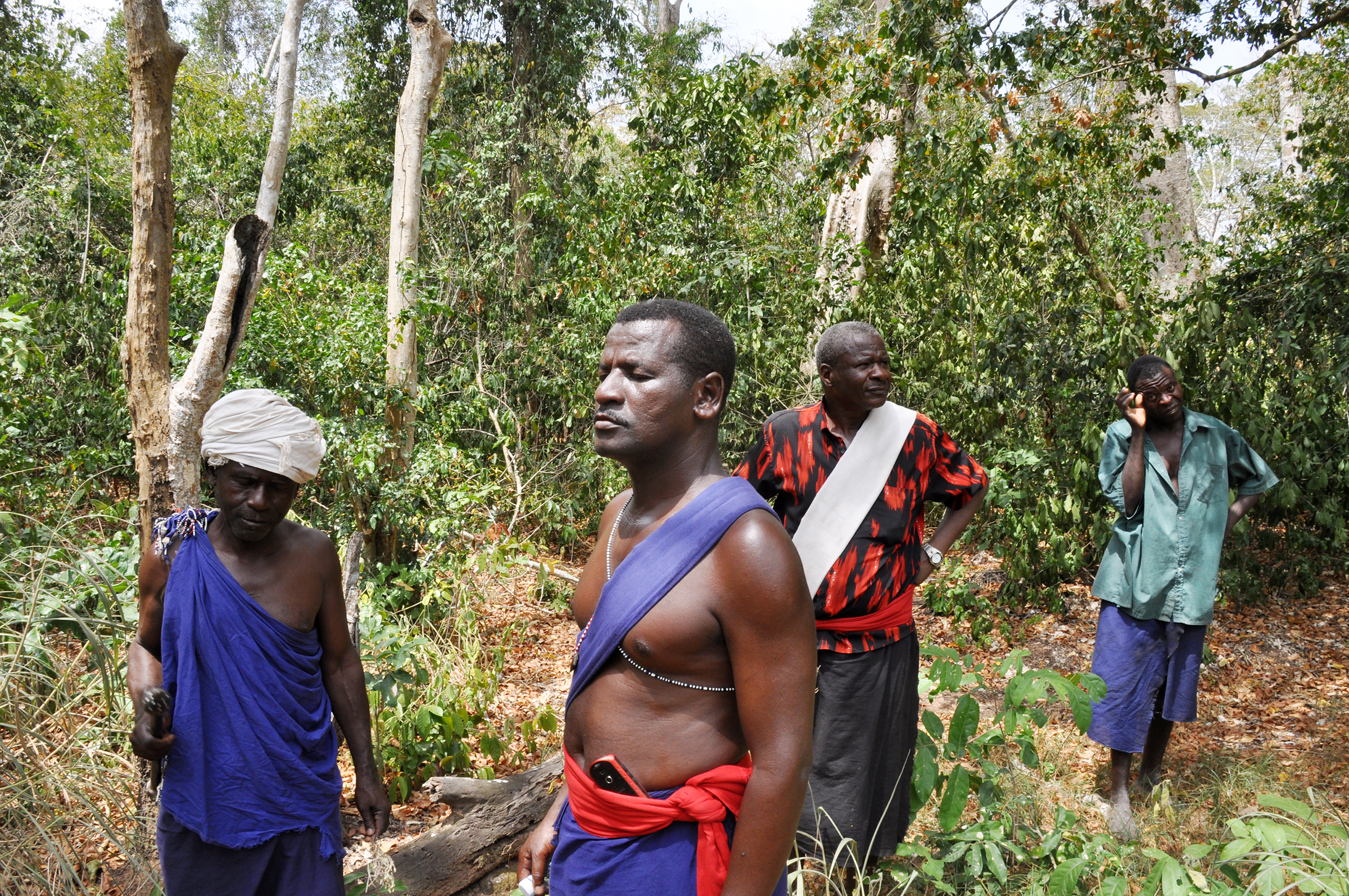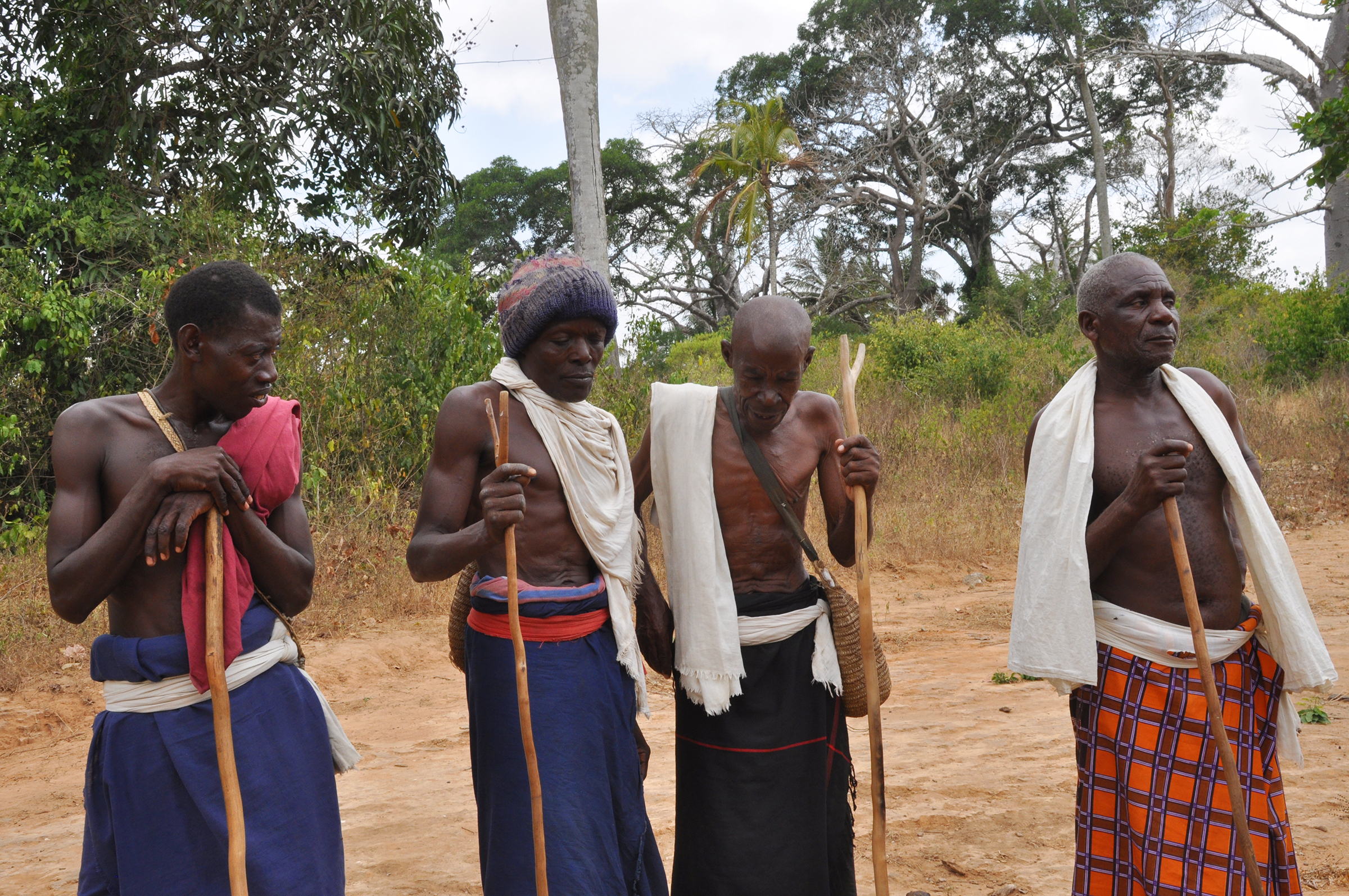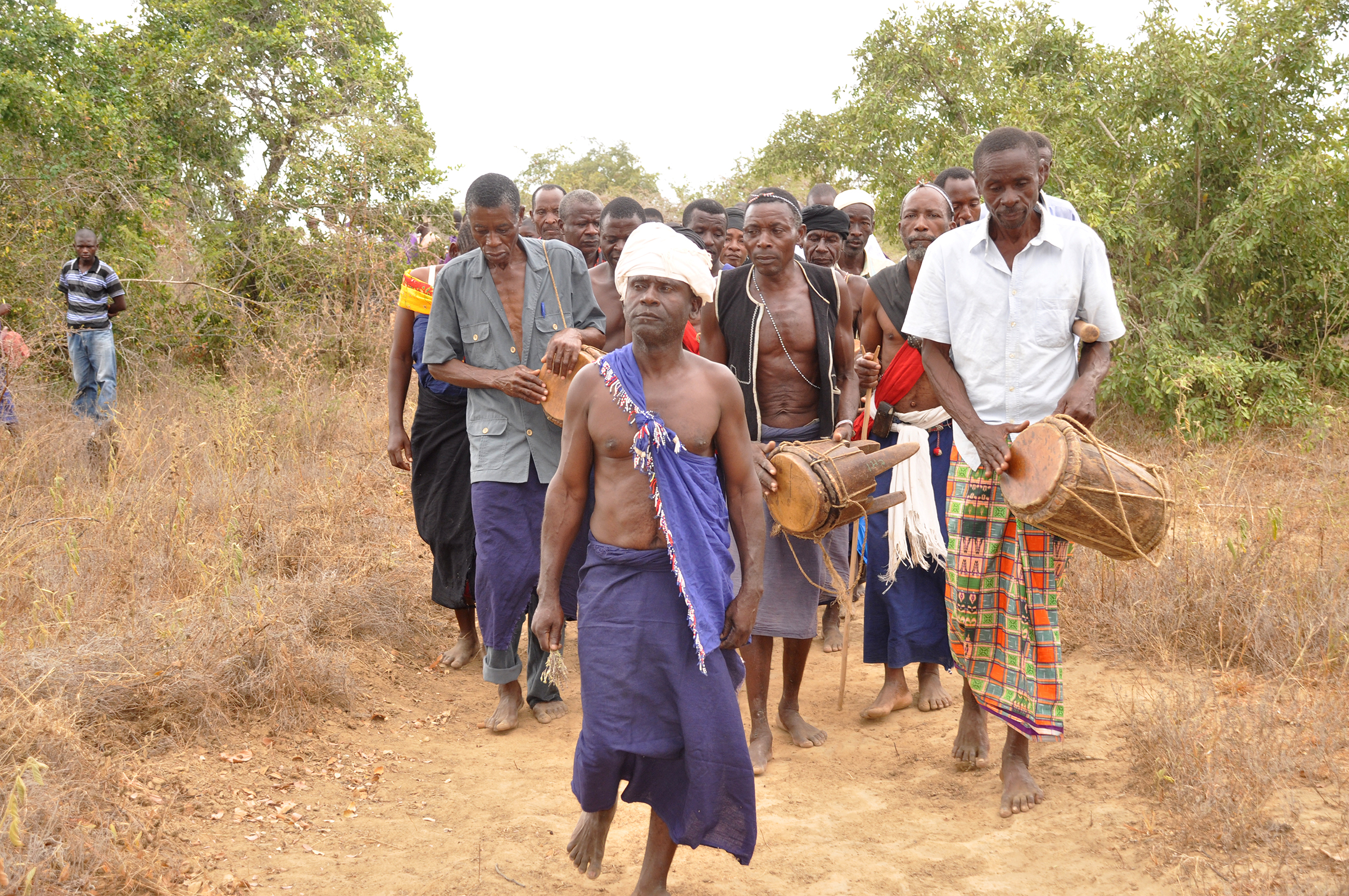



The protection of the Kaya forests of coastal Kenya is a primary matter of the Mijikenda, nine Bantu-speaking ethnic groups (Chonyi, Duruma, Digo, Giriama, Jibana, Kambe, Kauma, Rabai and Ribe). The Mijikenda peoples recognize their origins in the Kaya forests and they have established traditional regulatory systems and codes of ethics based on the sacredness of the Kaya forests and the practice of spiritual and sacred traditional performances like prayers, oath taking, burials, charms, naming of newly born, initiations, reconciliations, coronations and others. The use of natural resources within the Kaya forests is regulated through the traditional knowledge and practices of the Mijikeda. These practices forbid any active and commercial exploitation of natural resources, and they allow only for the collection of dead logs and plants used for spiritual and medicinal purposes. These traditional practices contribute to the conservation of the biodiversity of these forests.
The observation of these codes of ethics is supervised by the Council of Elders (Kambi) and the spiritual leaders of the Mijikenda people, which are in charge of ensuring that traditional regulatory systems are not breached and the forest is respected
The survival of the Kaya forests is highly dependent on the livelihood of the Mijikenda and their traditional system. As community members move towards urban areas, the survival of these practices and traditions is in the hands of the elders of the Mijikenda peoples. Project and programs has been established to foster intergenerational exchange for the long-term safeguarding of these spiritual and traditional practices, which are beneficial for the bio-cultural diversity of the place and the sustainability of traditional owners.
The custodianship exercised by the Mijikenda people is of great importance to the survival of both the natural and cultural/spiritual values of the Sacred Kaya forests. However, the communities of the Mijikenda are slowly degrading: with the increased population of the area and the need for local sustainability, Mijikenda members have abandoned the place to live in urban areas. These issues have been tackled through two key means: strengthening the national-level institutional and protective framework (designation as a national monument and creation of the Coastal Forest Conservation Unit within the National Museums of Kenya) and the inscription of the traditions and practices of the Mijikenda on the list of Intangible Cultural Heritage in Need of Urgent Safeguarding.